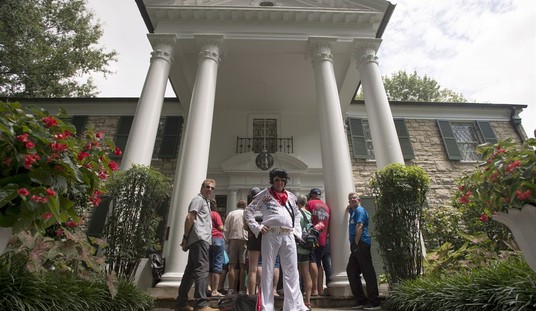The Obama administration, stung by complaints of passiveness in the face of rapidly-rising gas and food prices, responded two weeks ago by releasing 30 million barrels of oil from the Strategic Petroleum Reserve. Prices dropped five dollars a barrel within five days, but as CNBC reports today, that price decline was short-lived:
Crude raced higher Tuesday as energy bulls pushed Nymex oil back toward the $100-a-barrel mark, prices last seen before world governments said they would release crude from their reserves last month.
West Texas Intermediate jumped 2.1 percent to $96.89 a barrel on the New York Mercantile Exchange, decidedly above the $94.45 close of June 22, the day before the announcement on the release of 60 million barrels from reserves.
Brent crude on the ICE futures exchange finished $2.25 higher at $113.63 a barrel, and just below the June 22 high of $114.21. Brent touched $114.44 Tuesday. …
On June 22, the day before the announcement by the International Energy Agency that crude would be released from strategic reserves, it was at $95.41. It hit a low close of $90.84 on June 27.
In other words, the release did nothing to solve the underlying issues of supply and demand, as Jazz Shaw predicted on June 23rd. And why would it? The amount released equals the amount used in America in 36 hours. It represents the amount imported by America in less than three days. It’s just another gimmick intended to get a momentarily positive report in a market that has long-term crises facing it.
By the way, the US will eventually have to replace that released amount of oil. What happens when we start buying oil in the market to do so? Prices will go up even further as demand increases and supply remains constant. It will likely cost us more than it did to buy the released oil in the first place. This is basic economics, not terribly difficult to grasp.
The only way to address the energy problem in the US is to start producing more reliable domestic supply. We have vast reserves of oil, coal, and natural gas that would power the US for decades if not centuries and create hundreds of thousands of direct, high-paying jobs if we had the will to extract and use it. Having that kind of long-term “all of the above” strategy would not only lower fuel prices in the long run at home, the direct and indirect job creation from exploration and extraction would boost the economy as well, while the reliable energy stream would attract investors to American markets to open or expand operations. That would touch off a hiring boom across the economy that would help alleviate the housing-market crises and stabilize American finance.
That is what an actual economic and energy policy would look like. Instead, the White House is giving us the Gimmick of the Month.







Join the conversation as a VIP Member